Looking for how to get around Berlin? Check out this guide to public transportation in Berlin, Germany.
Berlin is enriched with an efficient and comprehensive transportation system that takes you around the city quickly and cheaply.
To get around Berlin, it’s possible to use the U-Bahn, S-Bahn, trams, trains, public buses, and even ferries. No matter where you are, there’s always a stop nearby. So there’s seriously no need for a car in Berlin.
Although there are many benefits to using public transportation in Berlin, it can still be difficult to find your way around the comprehensive system. And here I’m talking about in the beginning especially.
You might already be thinking about what the difference between S-Bahn and U-Bahn is? And how to buy a ticket? Luckily, using public transport in Berlin is quite easy. It just requires a little information and then you’re ready to use public transportation in Berlin like a pro.
So, if you’re planning a trip to Berlin where you’re using public transport, you should read on. I’ve made the ultimate guide to using public transportation in Berlin, and I would like to share it with you.
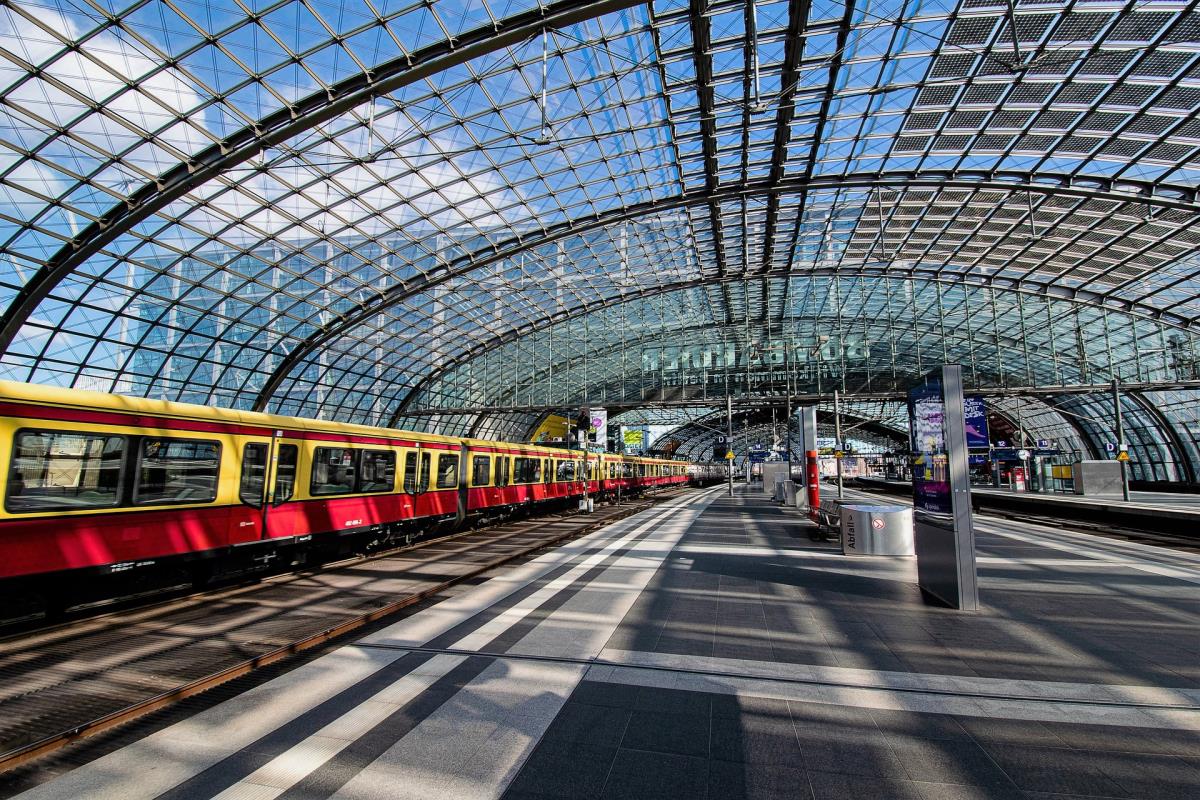
Table of Contents
Public transportation options in Berlin
The first thing you need to be aware of when using public transport in Berlin is your various options. There are a total of six different types of public transport in Berlin, so it can be a little confusing at first.
Which type is actually the fastest and easiest? And how do you know the difference between Metro buses and Express buses? Get all your questions answered right here.
U-Bahn (Untergrundbahn)
The U-Bahn is Berlin’s underground and runs underground 80 percent of the time. The U-Bahn consists of 10 lines with more than 170 stations, making it the largest metro system in Germany.
The 10 lines are called U1, U2, U3, U4, U5, U6, U7, U8, U9, and U55.
On weekdays, the U-Bahn runs approximately from 05:00 a.m. to 01:00 a.m. On weekends and public holidays, on the other hand, there’s a 24-hour service.
Most lines depart every 15 minutes, but in fact, they often depart every 3-5 minutes during rush hour. However, you may risk waiting up to 20 minutes at night on weekends and holidays.
The U-Bahn is one of the easiest and most reliable ways to get around Berlin.
S-Bahn (Stadtschnellbahn)
The S-Bahn is Berlin’s high-speed train and consists of 15 lines with more than 160 stations connecting most of the city and the suburbs. An S-train can always be recognized by an “S” followed by a number or two.
On weekdays, the S-Bahn runs approximately from 04:30 a.m. to 1:30 a.m. On weekends and holidays, there’s a 24-hour service.
Most lines depart every 10 minutes, but they often depart every 3-5 minutes during rush hour. However, you may risk waiting up to 30 minutes at night on weekends and holidays.
The S-Bahn is Berlin’s high-speed train, making it the fastest way to get around the city.
Trams
The trams in Berlin only run in the former East Berlin with few exceptions to the Berlin Hauptbahnhof and elsewhere.
The tram system consists of 22 lines with hundreds of stops. And at each stop, you can easily get on and off directly from the sidewalk.
However, you should be aware that there are both trams and metro trams in Berlin. Together they make up one of the largest and oldest tram systems in the world!
Trams are the normal trams and consist of 13 lines that can be recognized by a line number with a two-digit number. On weekdays, Trams runs approximately from 04:30 a.m. to 00:30 a.m. They depart every 15-20 minutes on weekdays.
Metro trams consist of 9 lines that run around the clock. They’re characterized by an “M” followed by a one-digit or two-digit number. Metro trams depart at least every 10 minutes during the day and every 30 minutes at night.
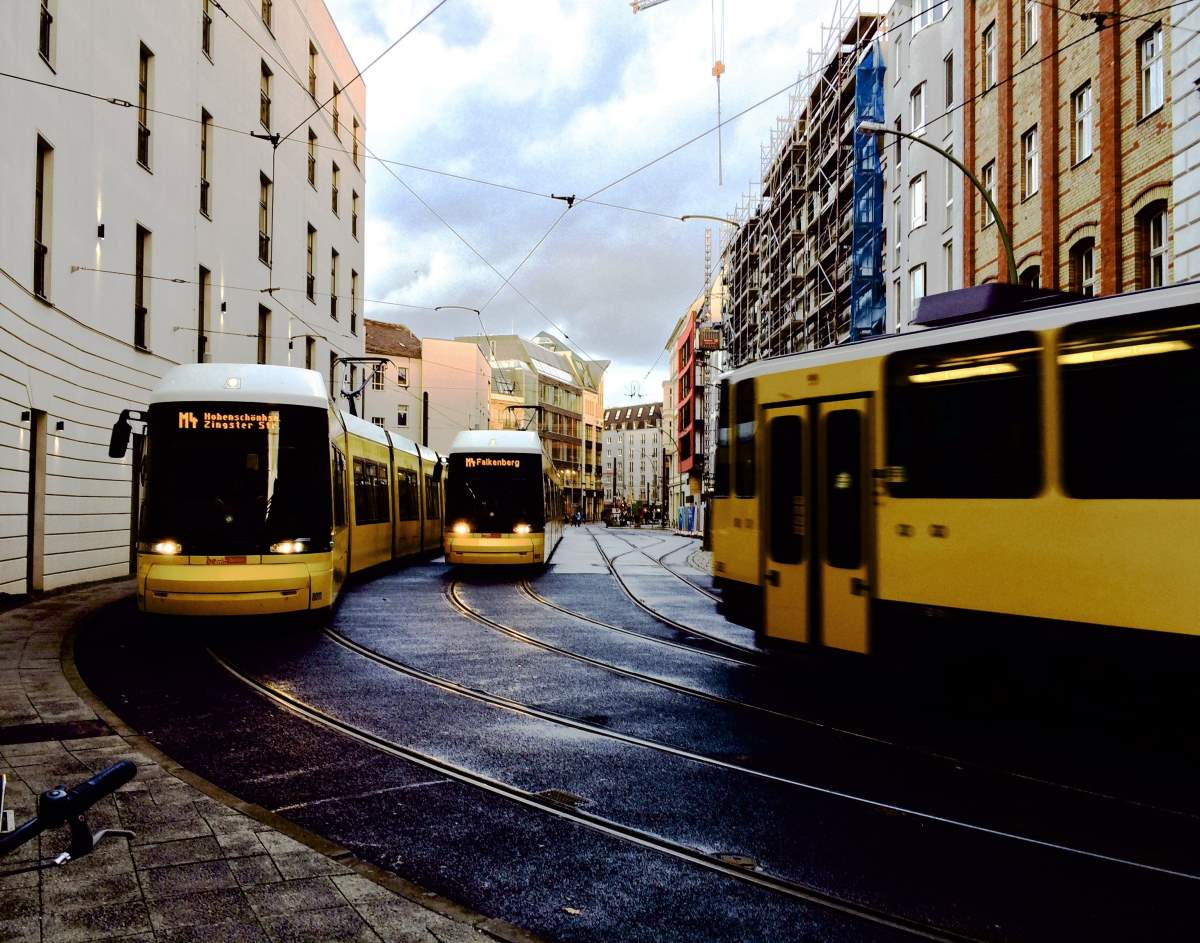
Trains (Regionalbahn and Regional-Express)
The regional trains in Berlin run around the city and the surrounding suburbs. Trains don’t stop as often, especially not if they run near S-Bahn or U-Bahn lines.
Since the trains don’t stop that often, it’s a super-smart way to get from one end of the city to another. There can be a lot of travel time to save on the long distances.
In Berlin, there are two types of regional trains, the often stopping Regionalbahn (RB) and the faster Regional-Express (RE).
Buses
Speaking of public transport in Berlin, we must not forget the countless buses in Berlin. Some of the buses run around the city center while others run on longer distances.
Although the buses run around most of Berlin, it’s often easier and faster to travel with one of the transport options mentioned above.
Normal buses make up most of the bus network and consist of about 300 lines numbered from 100 to 399.
Metro buses often run around the clock and consist of 17 different lines. The buses can be recognized by an “M” followed by a 2-digit number that goes from M11 to M85.
Express buses operate on long distances in central Berlin and the suburbs. The bus network consists of 13 express lines with a few stops along the way. The buses are marked with an X followed by a one-digit or two-digit number that goes from X7 to X83.
Night buses operate all night and replace most normal buses and U-Bahn lines. There are more than 40-night bus lines and they can be recognized by an N followed by a one-digit or two-digit number. The night buses run approximately every 30 minutes.
Ferries (Fähren)
Berlin has an extensive network of waterways that has resulted in 6 ferry routes. The ferries operate mainly in the Treptow-Köpenick district. However, there’s one line that runs from Steglitz-Zehlendorf to Spandau.
The ferries in Berlin are marked with an F followed by a two-digit number. The ferries on most ferry lines depart every hour. However, there’s an exception from a few lines where the ferry departs about every 15 minutes.
The ferries are especially popular during the summer months when it’s a fun thing to do in Berlin too.
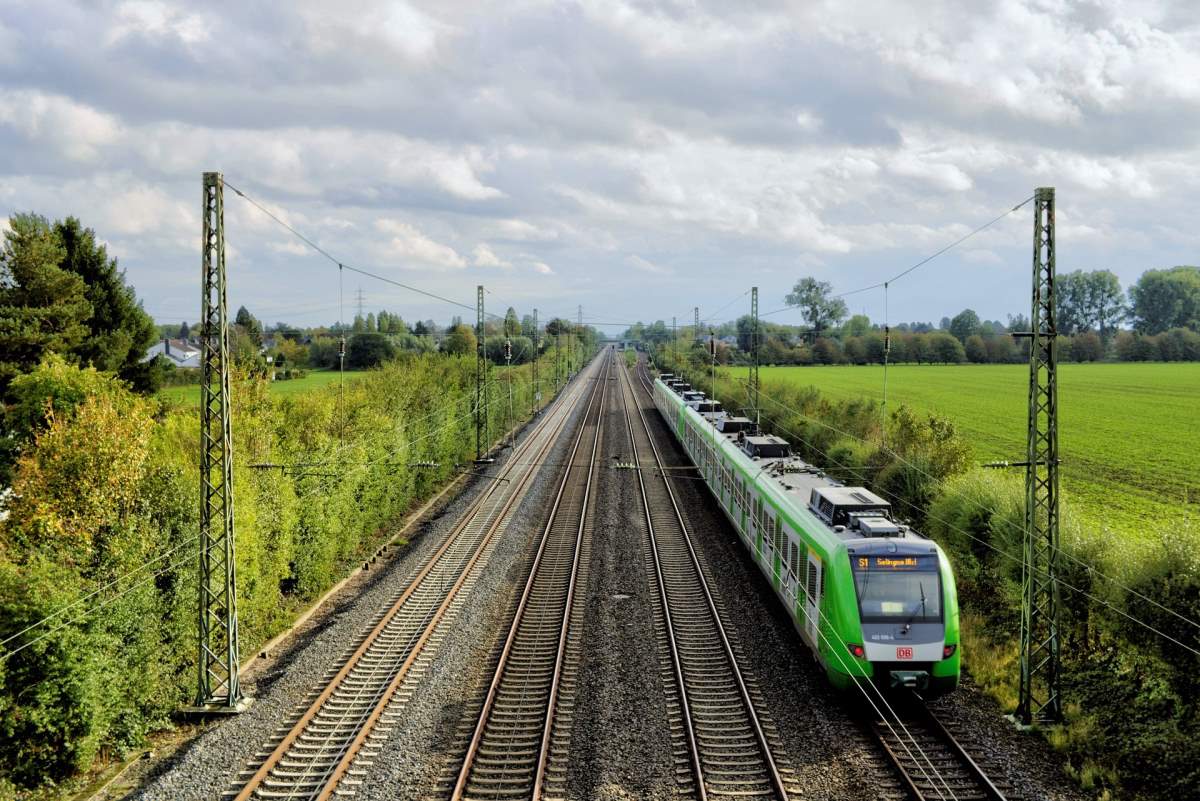
The zones of Berlin
In terms of public transportation, Berlin is divided into 3 different zones, which are called A, B, and C.
When buying a ticket for public transport in Berlin, you have to choose which zones to travel in. Unfortunately, you can’t just settle for a single zone, so you have to buy a ticket for two or three zones. You can either select AB, BC, or ABC.
Most tourists can settle for a ticket to Zone AB, as it covers central Berlin. But note that if you’re going from Schönefeld Airport to the city center, for example, it requires all three zones.
Zone A is in the inner city of Berlin and covers the area within the S-Bahn ring that runs around the city. Most of the main sights in Berlin are located in zone A.
Zone B covers the area between the S-Bahn ring and the Berlin border. Here you’ll find Tegel Airport, Spandau, Grünewald, and much more.
Zone C covers the surrounding suburbs of Berlin for up to 15 kilometers / 9 miles from the city border. Zone C includes places like Potsdam, Sachsenhausen Concentration Camp, and Schönefeld Airport.
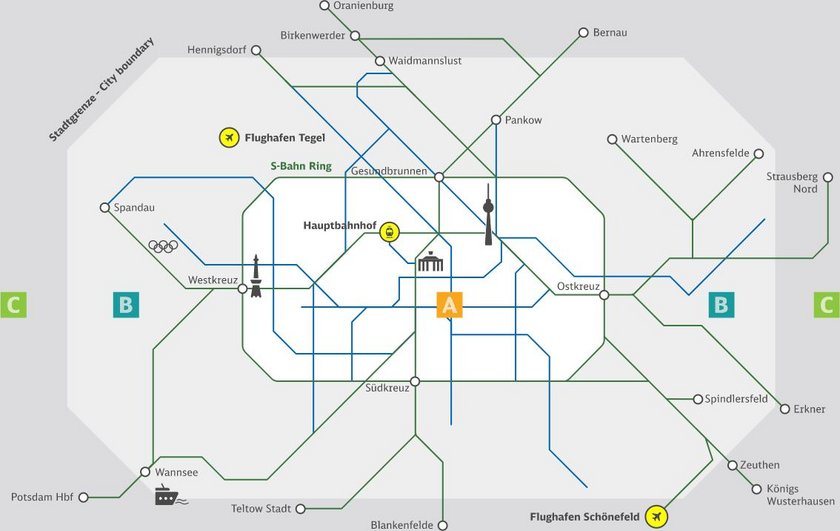
Tickets for Berlin’s public transportation
You can buy tickets for public transportation in Berlin at the ticket machines at all S-Bahn and U-Bahn stations, but also at some shops. In the buses, the tickets are bought from the bus driver. In trams, they’re bought on machines inside the tram.
You should be aware that most ticket machines don’t accept credit cards or large banknotes. So always make sure to bring small notes or coins. But if you forgot, you can also just buy your ticket at some shops.
You must also pay attention to stamping your ticket on the platform before departure. Otherwise, you could risk a large fine for an invalid ticket, even if you actually paid for it.
There’s a myriad of different ticket types and I’ll only tell about the most important ones. Please note that the tickets are valid for all forms of public transportation in Berlin.
Oh and by the way, if you’re traveling with children in Berlin, there are some things you need to know. Children under the age of 6 travel free with an adult while children between the ages of 6-14 travel on children’s tickets.
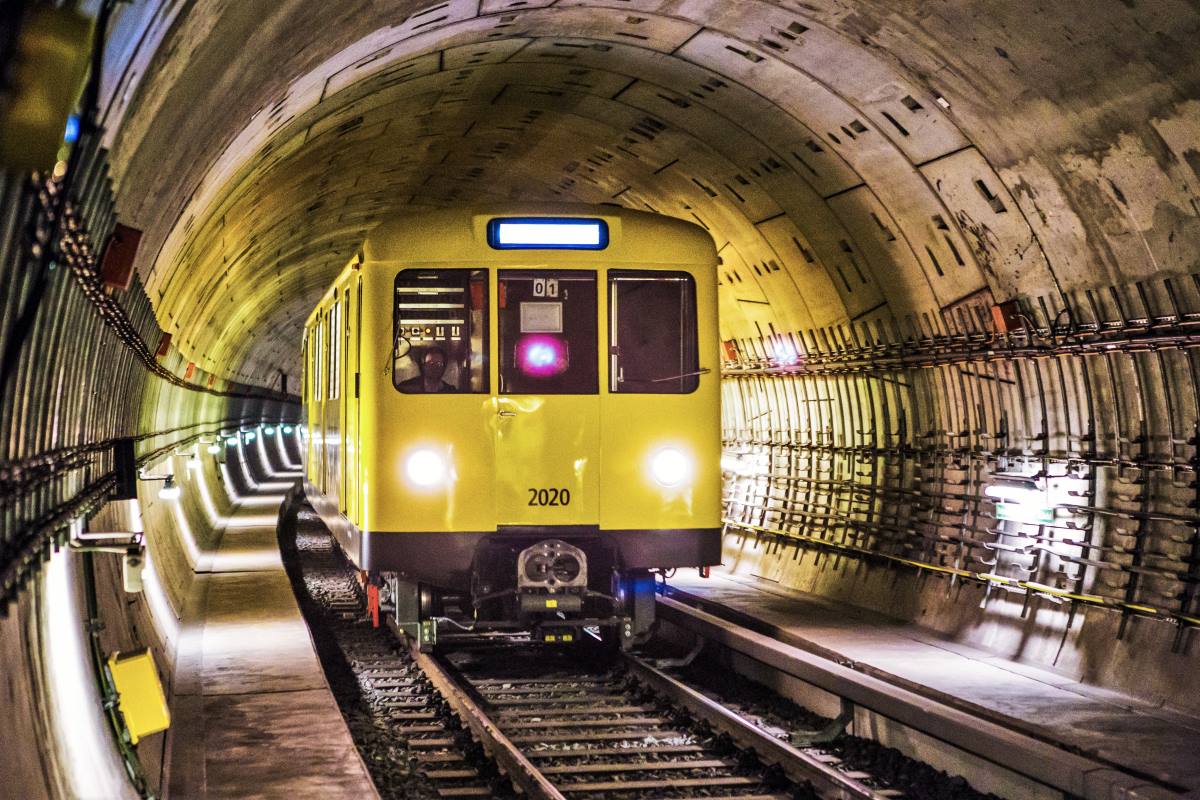
Ticket options for adults
Single tickets allow unlimited travel in all forms of public transport for 2 hours from the time it has been stamped. However, you may only travel in one direction and this may result in a fine if you travel back or in a circle with the same ticket. You should also be aware that you may not stamp the ticket more than once because it will invalidate it.
4-journey single tickets work in exactly the same way as single tickets but allow you to save some money. This type of ticket is a good choice if you already know that you’re going on four single trips with Berlin’s public transportation.
Short trip tickets are valid for either 3 stations by S-Bahn and U-Bahn or 6 stops by bus and tram. Please note that the ticket will be invalid if you cancel your trip or change to another means of transportation.
Day tickets allow unlimited travel in all forms of public transport in Berlin for a full day. Day tickets are valid from midnight on the day they’ve been stamped and until 03:00 a.m. the next morning.
Group day tickets are valid for 5 people who can travel unlimited in all forms of public transportation for a whole day. This is without a doubt the cheapest ticket type for 5 adults.
7-day tickets allow unlimited travel in all forms of public transport for a full week. After 8 p.m. (at 20:00) you can also bring 1 adult and 3 children aged 6-14 with you for free.
The Berlin WelcomeCard provides unlimited access to all forms of public transportation in Berlin for either 48 hours, 72 hours, 4 days, 5 days, or 6 days. In addition, you’ll also get somewhere between 25-50% discount on more than 200 sights in Berlin.
The Berlin City Tour Card allows unlimited travel for 48 hours, 72 hours, 4 days, or 5 days. This card works in the same way as the Berlin WelcomeCard, but with fewer discounts. Here you’ll get at least a 15% discount on more than 10 attractions in Berlin.
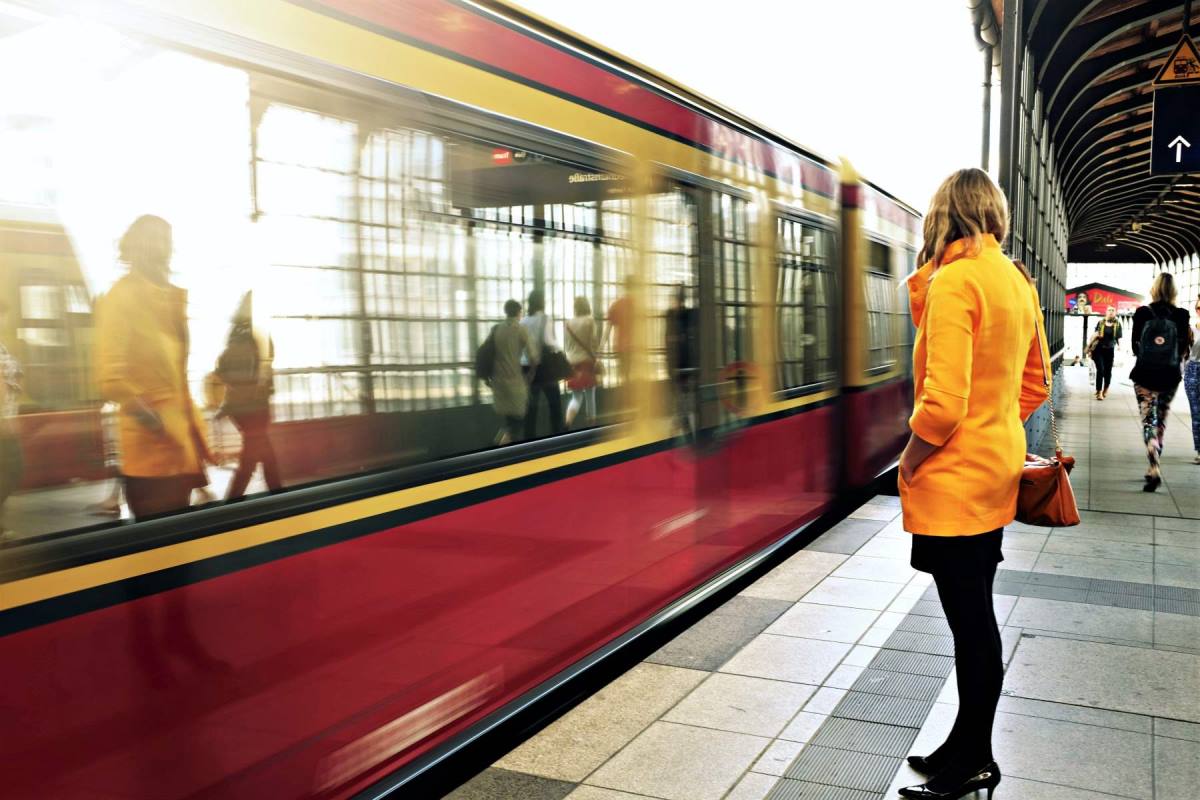
Advice and tips for public transportation in Berlin
- You can easily plan and find an itinerary of where to go in Berlin on BVG’s website.
- Always stand on the right side of the escalators so busy people can get past you quickly.
- Remember to stamp your ticket before departure to avoid a fine.
- Be sure to bring some cash as some places don’t accept credit cards.
- Pay attention to the different zones, especially if you’re heading from the center of Berlin.
That’s all in this guide to public transportation in Berlin. Have you ever been to Berlin? Did you use public transportation to get around Berlin? Feel free to leave a comment.
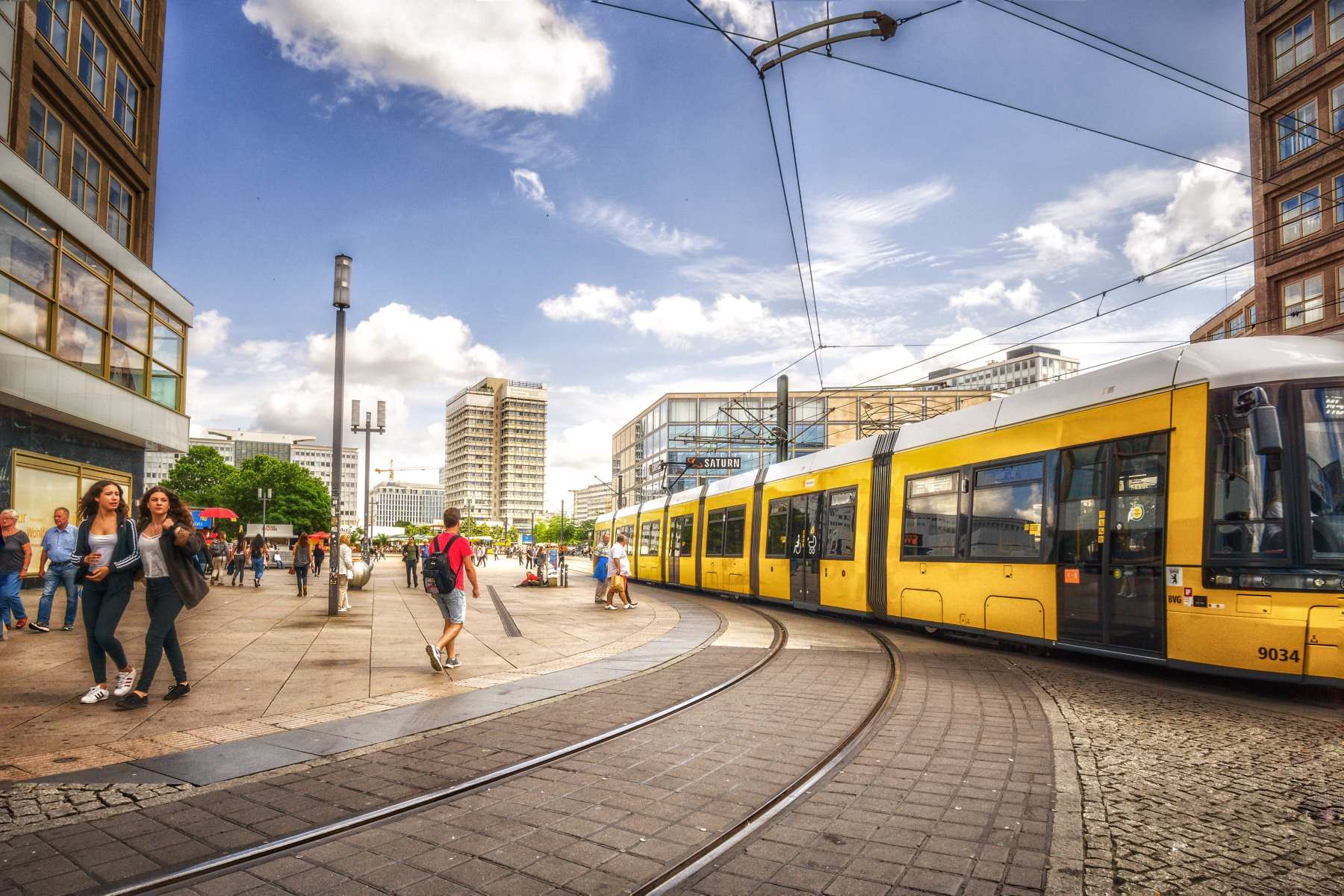



Leave a reply